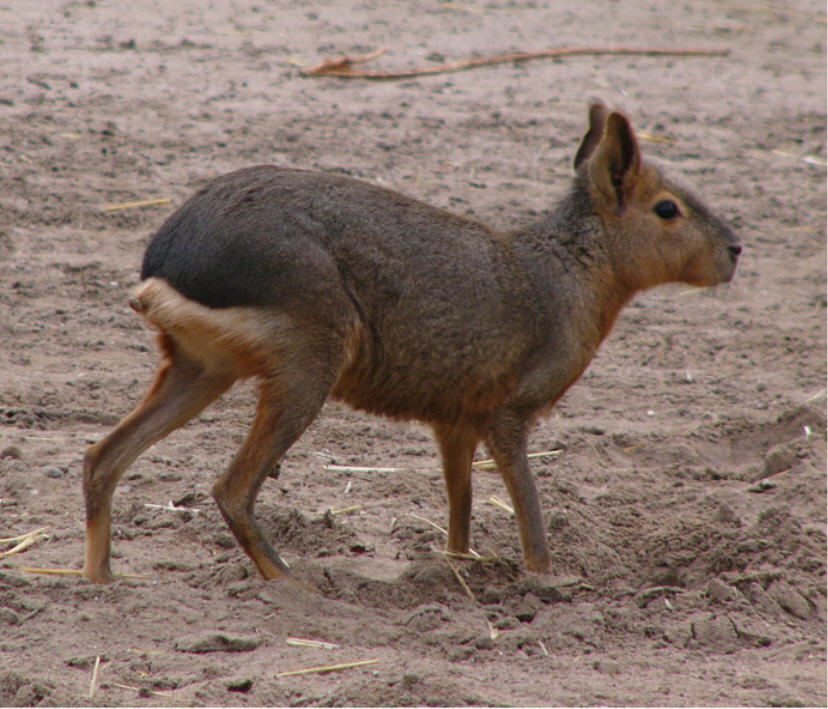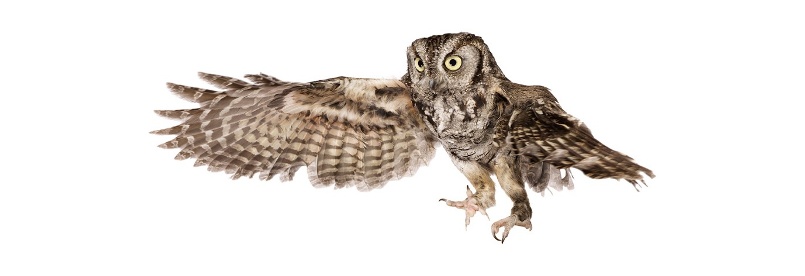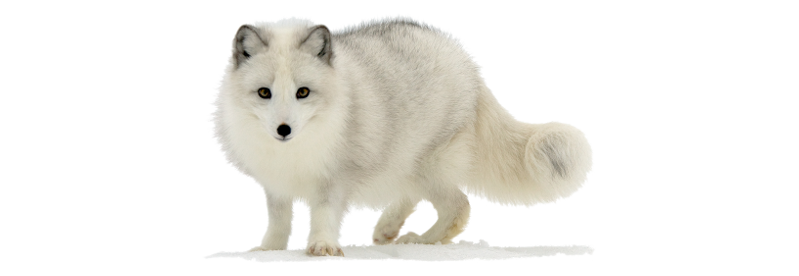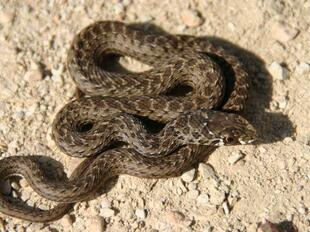
Patagonian mara(Dolichotis patagonum)
Phylum —chordata
Class — mammalia
Order — rodentia
Family — caviidae
Genus – dolichotis
Appearance
The Patagonian mara resembles a jackrabbit. It has distinctive long ears and long limbs. Its hind limbs are longer and more muscular than its fore limbs and it has a longer radius than humerus. The feet are compressed, making them hoof-like. Its tail is short, depressed, and hairless. It has a gray dorsal pelage with a white patch on the rump separated from the dorsal fur by a black area. In addition, the mara has a white underside with a somewhat orange flank and chin.
The average Patagonian mara has a head and body length of 69–75 cm (27–30 in) with a tail of 4–5 cm (1.6–2.0 in). It weighs 8–16 kg (18–35 lb).
Habitat
The species is endemic only to Patagonia, Argentina.
Behavior
The Patagonian maras are diurnal animals. The legs of these rodents are designed for running. They spend the greater part of the year travelling in male-female pairs and rarely form groups of more than 3 individuals. The daytime hours of these pairs are spent in daily foraging trips. They usually prefer grazing grounds that are rich with vegetation. These animals are also known to gather in settlements - large groups, living in warrens or den systems. Usually small warrens are used by a single pair, whereas big ones may be used by up to 29 pairs simultaneously. As a result, population density of this species sharply increases and groups of up to 70 individuals are formed. During active period of the day, Patagonian maras can often be seen sunbathing. When resting, they base themselves upon their haunches or fold their forelegs under their body like cats.
Diet
Patagonian maras are herbivores (folivores). The diet of these rodents consists entirely of plants, mostly - Pappophorum grass. They supplement their diet with a wide variety of cacti, foliage and herbs.
Reproduction
These rodents have a well-defined monogamous mating system, where individuals form pairs, remaining together throughout their lives. Meanwhile, males are the ones who maintain the pair-bond: they constantly guard their mates, following females wherever they go. Breeding occurs between August and January. Gestation period lasts for 90 days, yielding 2 young per litter. Babies are born near the burrow entrance. Newborn maras are well-developed and their eyes are open. Immediately after birth, the babies are able to move into the burrow that is often shared with several other pairs and their young. The babies live in this burrow, visited and suckled by their mother every day. Nursing period lasts for 75 - 78 days, after which young maras usually disperse, although some of them may remain with their parents until the following breeding season. The age of sexual maturity is 6 months old for males and 2.5 months old for females.
Incaptivity
Patagonian maras can live for approximately 14 years in human care.
They are not good indoor housemates since they will dig into carpet, flooring, couches, or anything else available. They will also chew on everything, including electrical wires or cords, and could become injured from live current. If you do keep them indoors, get a metal litter box as they will chew through plastic containers.
Since Patagonian maras are expert diggers, line your enclosure with heavy wire sunk underground several feet or even line with concrete. If not, your pet may dig out of the pen. The outdoor enclosure should be 10 feet by 10 feet for grazing with access to an indoor area to escape the elements. The fencing should go up at least 6 feet high. Patagonian maras have powerful hind legs; they can jump horizontally up to 6 feet high and run up to 25 miles an hour. Make sure your pet can run a short distance and jump in their enclosure.
Patagonian maras are not suited for cold weather. Heating lights should be provided in the winter if you do not have an indoor winter pen for your pet. Make sure you include a shelter like an insulated dog house in the enclosure for the animal to hide. If you have more than one Patagonian mara, provide at least one accommodation for each animal.
Patagonian maras eat a variety of vegetables, fruits, grasses, and commercially prepared rodent food or guinea pig food. Dark, leafy greens (collards, dandelion leaves, parsley, kale), fresh hay, and grass should make up the bulk of its diet.
You can offer an assortment of fruits and veggies as well, such as romaine lettuce, cabbage, sweet potatoes, apple, and squash. Fruits and vegetables should only comprise about 10% of their diet. These foods may be too rich for the Patagonian marato stomach in large quantities.
Some owners give commercial primate food or monkey biscuits as part of their diet regimen, but the protein content in this food is too high for cavies if it is fed regularly.
Like guinea pigs, Patagonian maras need 24-hour access to hay. Make sure they get fed the rest of their food once a day. Hay options could include timothy hay, alfalfa, meadow hay, bluegrass, or oat hay. Hay helps them file down their back molars. Also, like guinea pigs, they need supplemental vitamin C. You can sprinkle powdered vitamin C (the same used by humans) onto their food or purchase vitamin C-based treats for rodents at a pet store. Since they love to chew, other chewing snacks (or toys) are another excellent option.
If you have more than one Patagonian cavy, provide several food stations to avoid aggression at feeding time. Use metal troughs or trays for feeding; they are chew-proof and are your best option. Provide fresh water daily in heavy metal bowls.
 Russian
Russian
 English
English
























